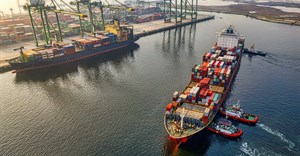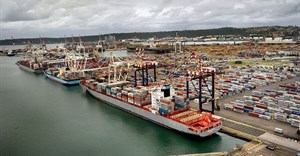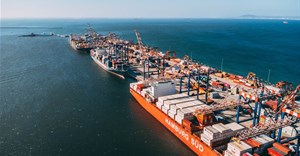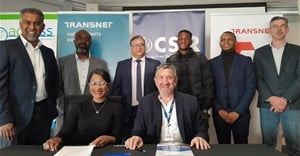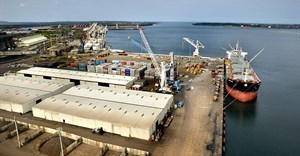Subscribe & Follow
Trending
 New Chinese cars are everywhere – but are they tough?Nicholas Pillay
New Chinese cars are everywhere – but are they tough?Nicholas Pillay


 Vicinity Media: How we use DOOH in our retail solutionSharné Daniels, Chanté Naidoo & Olav Westphal
Vicinity Media: How we use DOOH in our retail solutionSharné Daniels, Chanté Naidoo & Olav Westphal
Port Nolloth up for multi-million Rand rehabilitation

“Port Nolloth has historically been overlooked, but this rehabilitation project has seen us invest R7.2 million, to date, of a budgeted project value of R39 million. The full project is expected to be completed in October 2017,” said Cape Town Port manager, Sipho Nzuza, whose portfolio includes Port Nolloth.
The appointed contractor, Steffanuti Stocks Marine Pty Ltd, commenced preparatory site establishment activities during August 2016.
Nzuza said Port Nolloth would continue to serve as a support facility to the fishing and offshore mining industries and would play an active role as part of the Western Cape port system.
Infrastructure and refurbishment
The primary Transnet infrastructure at Port Nolloth consists of an L-shaped concrete deck on pile jetty which includes a landing quay with a length of approximately 67 metres and a useable area of 1,450 m².
The scope of TNPA’s work includes refurbishment of the jetty structure, refurbishment or replacement of concrete where required, refurbishment of quay infrastructure and replacement of quayside fender systems by TNPA and De Beers. TNPA would also be undertaking revetment works to address the erosion of the shoreline.

Support facility
Port Nolloth has operated under a 10-year lease agreement to De Beers Group Services which has used it as an offshore supply base for conducting diamond prospecting activity in Namibia. Smit Amandla supply vessels are stationed in Port Nolloth and are used for transferring supplies to De Beers’ offshore prospecting vessels.
The port was founded in the late 1800s as an export facility for copper from mines located in the Springbok area. This activity ceased in the 1940’s and the port has since acted mainly as a support facility to the fishing and offshore mining industries.
In line with Transnet’s Supplier Development requirements, 25% of the contract value would be invested into local companies, predominantly black-, women- and youth-owned businesses.



